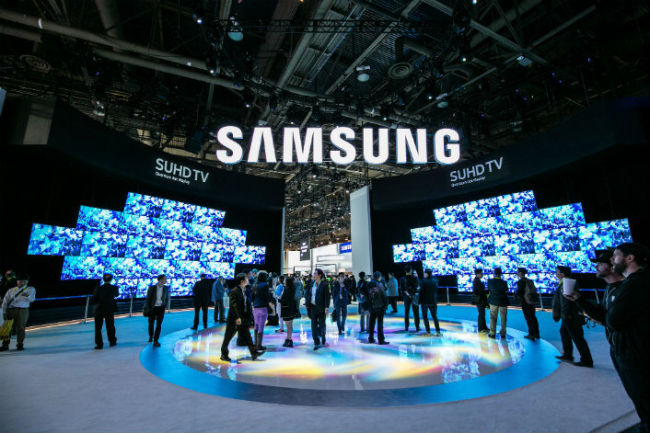Samsung Electronics' Device Solutions (DS) Division, responsible for the semiconductor business, is expected to report an annual loss of over $8.81 billion this year due to a recession in the semiconductor industry. Based on estimates from securities firms on July 16, the annual operating loss for Samsung Electronics' DS Division ranges from $9.5 billion by Kiwoom Securities and KB Securities to $13.5 billion by NH Securities.

Samsung Electronics' annual consolidated operating profit is estimated to be $7.1 billion, according to the aggregation of securities firms' earnings forecasts released by Yonhap Infomax within the past month. This reflects a steep 79.5 percent decline from the operating profit of $34.8 billion in 2022. The major cause behind this decline is a significant loss in the DS Division due to the downturn in the semiconductor memory industry.
When compared to the DS Division's operating profit of $20 billion in 2022, it highlights the seriousness of the current slump.
In the first quarter of this year, Samsung's DS Division reported an operating loss of $4.19 billion, and the estimated deficit for the second quarter is approximately $3.65 billion. This means that the DS Division is expected to accumulate around $7.84 billion in losses in the first half of this year alone.
Following Samsung Electronics' recent announcement of a preliminary second-quarter operating profit ($518 million), some analysts suggest that the performance of the DS Division may have been weaker than anticipated.
"While the rate of price decline was smaller than expected, the DS Division continues to face downward revisions in demand from downstream industries," said Kim Woon-ho, a researcher at IBK Investment & Securities.
Despite the sustained weak demand, there is a consensus that Samsung's semiconductor performance hit its lowest point in the first half of the year. The second half is anticipated to mark the beginning of a full-scale recovery in Samsung's semiconductor business, thanks to the impact of production cuts, declining inventories, and growing demand for AI-related memory chips, among other factors.
Samsung Electronics initiated significant memory production cuts at the end of the first quarter. Considering that it takes about three months for these cuts to translate into memory chip production, the effects will become evident within the next three to six months.
It is expected that losses in the DS Division will continue into the third quarter but will be around $1.63 billion to $2.44 billion lower than those in the first and second quarters, as predicted by stock market experts. Some even speculate that the DS Division may break even or even turn a quarterly profit for the first time since the fourth quarter of last year by the fourth quarter of this year.
"With the average selling price of DRAM projected to increase from the third quarter due to higher shipments of high-value products like HBM3 and DDR5 memory, and the deceleration of NAND flash price declines, Samsung's DS Division is expected to improve its business performance. Furthermore, the foundry business is anticipating improved performance through increased orders for high-end products such as high-performance computing (HPC) and AI chips," said Kim Dong-won, a researcher at KB Securities.







